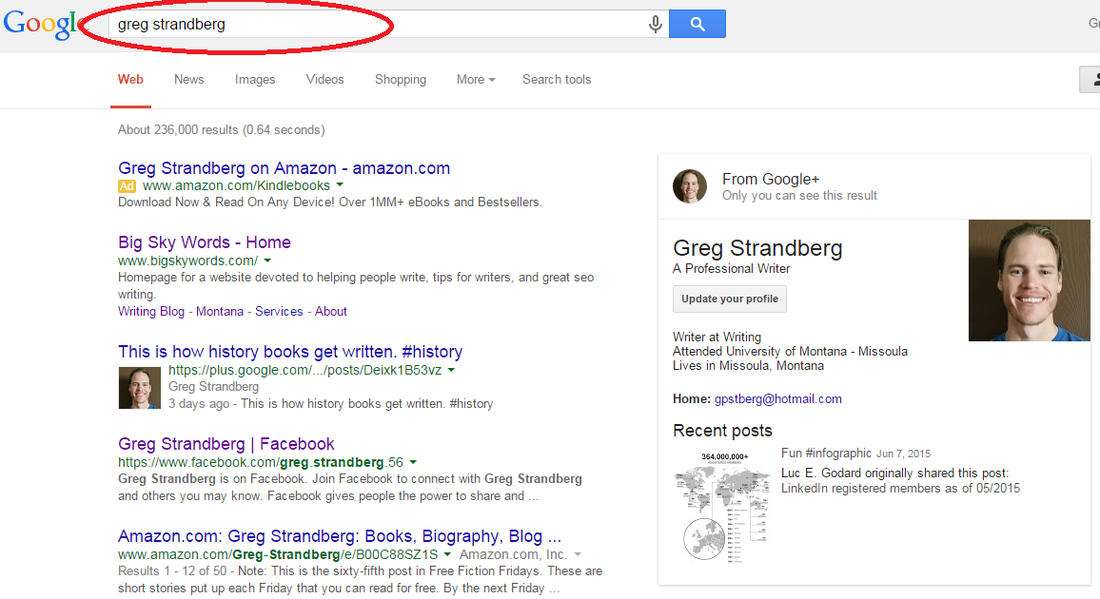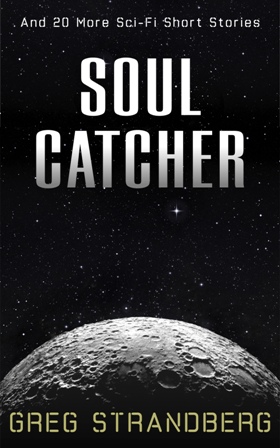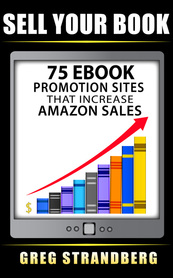
When you’ve ascertained the situation and position that your opponent – and yourself – has to work with, then you can begin to assess these features of your opponent’s campaign:
- Strengths;
- Weaknesses;
- Opportunities;
- Threats.
Strengths: What is your opponent good at, what do they highlight, and what is the first thing they talk about with a new voter? Those are their strengths, and they’ll lean on them heavily. Can you figure out a way to turn those to weaknesses, or somehow make them seem not all they’re cracked up to be?
Weaknesses: What is your opponent bad at, what do they try to hide, and what is the last thing they want to talk about, and dread hearing brought up? Those are their weaknesses, and you need to be exploiting them as much as possible. Now, that doesn’t mean your strengths should become their weaknesses, but it does mean your strategy has to rely heavily on pointing out those weaknesses and convincing voters that those weaknesses will hurt their families.
Opportunities: What opportunities does your opponent have that you don’t? I mentioned the name-recognition and support my opponent had, two things I didn’t. They gave him more opportunities, or at least made me think I had fewer. Don’t forget that opportunities lie on the horizon, and that your opponent might be looking forward to one. Can you take that away from them, or turn it into a threat?
Threats: There are many things out there on the political landscape that could hurt your opponent. These could be past issues they supported or groups that have it in for them. Often these aren’t known, and that means it’s your job to find them. You have to go digging up some dirt, and when you do, you need to make sure your opponent knows those threats are now out there and at the ready. The ultimate goal is that these threats will keep some of their forces at bay, perhaps money they would have spent or issues they would have discussed. And remember, a threat that hurts your opponent but doesn’t help you is one that hasn’t fully been taken advantage of yet.
If you’re interested in more of this train of thought, check out this 2014 post on Forbes called Sun Tzu’s 33 Best Pieces of Leadership Advice. Another helpful post is called The Five Elements of Strategic Planning. Both have tips and tricks that your opponent probably won’t be following, and indeed, thinks are rubbish.
Your opponent is going to have a website, and chances are good that it’ll be rubbish.
- It might have a cheesy homepage, something that looks straight out of 1997;
- It might have weird colors and strange text sizes, the better to show voters that they have no idea what the 21st-century looks like;
- It might even have a little SEO on it, meaning that search engines like Google and Yahoo could pick it up.
It’s that last point that you want to pay attention to. SEO stands for Search Engine Optimization, and it’s a big industry today. I’ve written several books on the subject, but the gist of it is that with good SEO, you can get your page on the top of Google.
What does that mean? It means every time someone goes to this bar to type in something even remotely about you or your election, your name will come up #1 or damn close to it.
So you want to get your site to the top of Google, but you also want to get your opponent’s site off of Google…or at least buried on the second or third page of the search results. How do you do that? You do that by writing about your opponent.
Now, this might throw you for a loop. After all, wouldn’t writing about your opponent be a terrible strategy?
Yes, it is…if you’re doing the writing. But what if it’s another website that’s not yours and has no ‘connection’ to you? What if it was supporters throwing up a website that did nothing but highlight the skeletons in the closet and the illegal household help of your opponent? Now we’re getting somewhere – the dark back alleys that you said your campaign would never enter. So…do you enter them?
Most of you will never have to. Those dark alleys are for the large campaigns, the statewide and congressional campaigns that have big money, a lot of people, and too much time on their hands. These are things that PACs do, driving opponents into the ground.
And why not? If your opponent had a disastrous series of votes on something, did something really dumb in their private life, or just says the darndest things, why not decimate them? That’s what websites and social media are for in politics – to marshal your forces against the forces of your opponent. It’s a head game, and you want to get into the head of your opponent so they’re weakened, you want to get in the head of their supporters, sowing doubt. That shows your forces that you’re winning, and nothing draws more supporters to a campaign than a win.
How I would make my opponent’s site useless is by analyzing the main talking points they have. They’ll be generating traffic with the keywords in those points, and if I can write them up in a way that twists their words to my benefit, that’s what I’ll do. That way their strength – voting for tax cuts to help families – becomes instead a weakness – voting for tax cuts to help the top 1% of families.
A lot of it is in how you use words and how you lay out the presentation. Remember, you’re filling the cracks, and if your opponent leaves out his desire to help the rich at the expense of the poor, just go ahead and fill that fact in for their supporters…and your own. It’s good politics.











































































 RSS Feed
RSS Feed